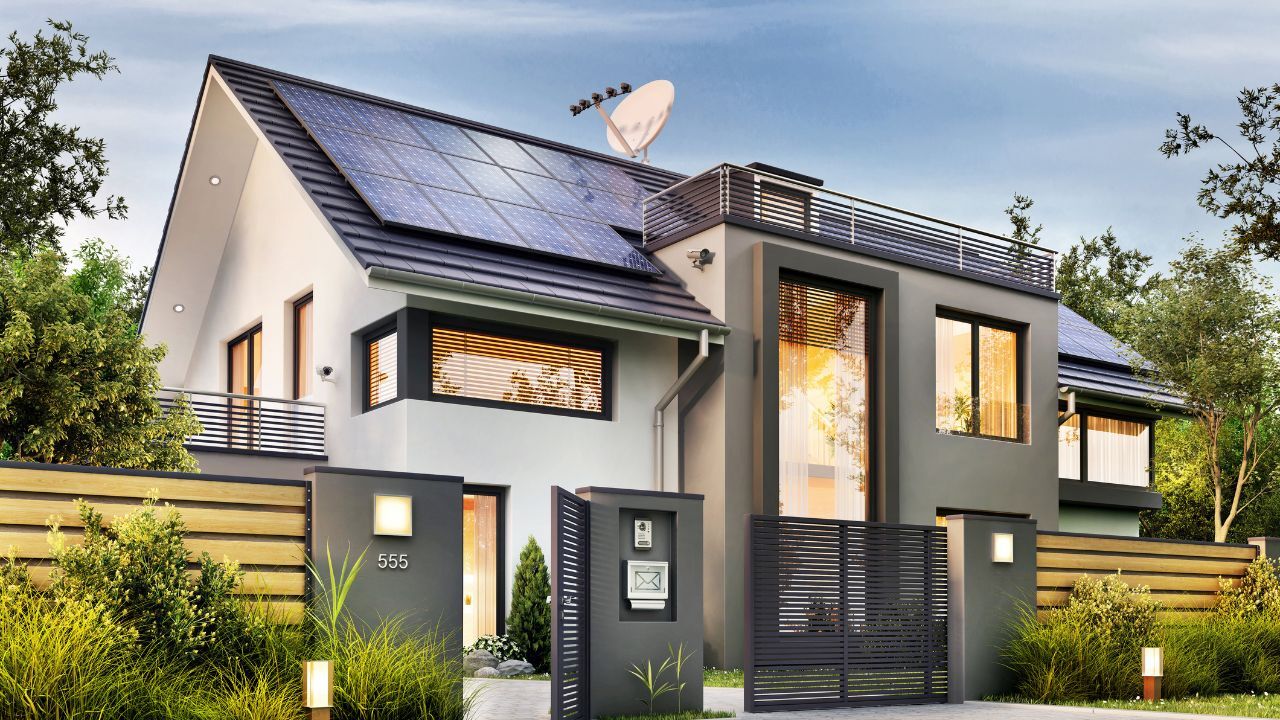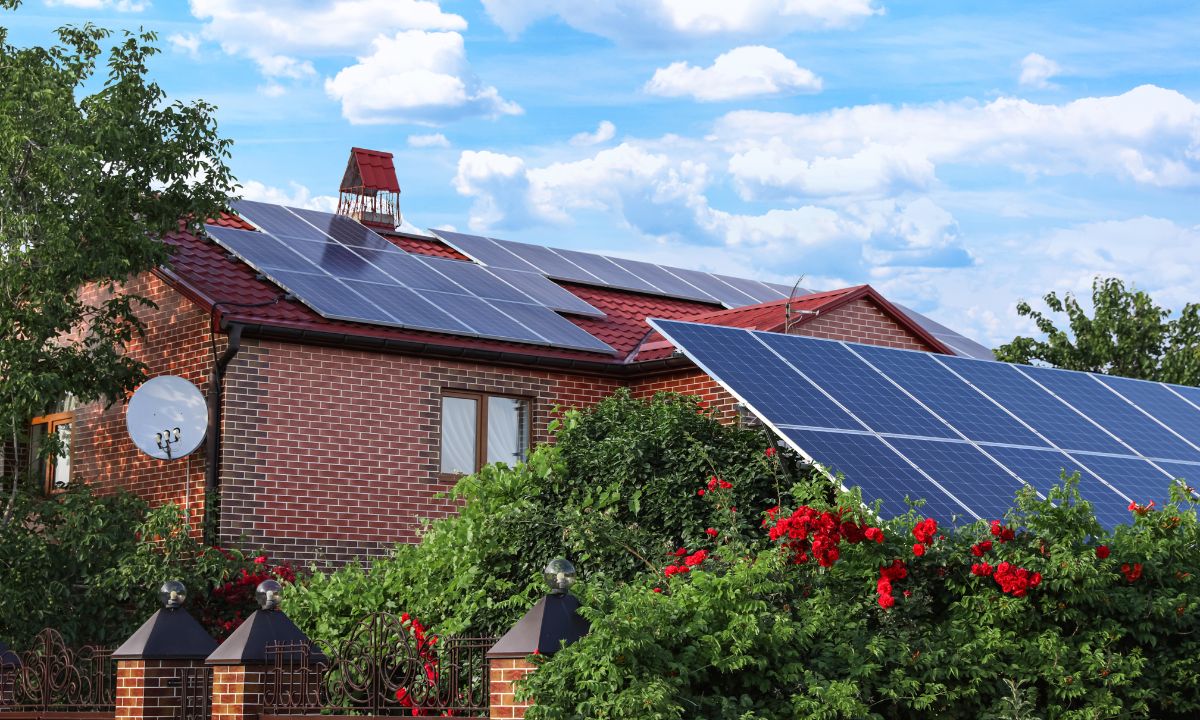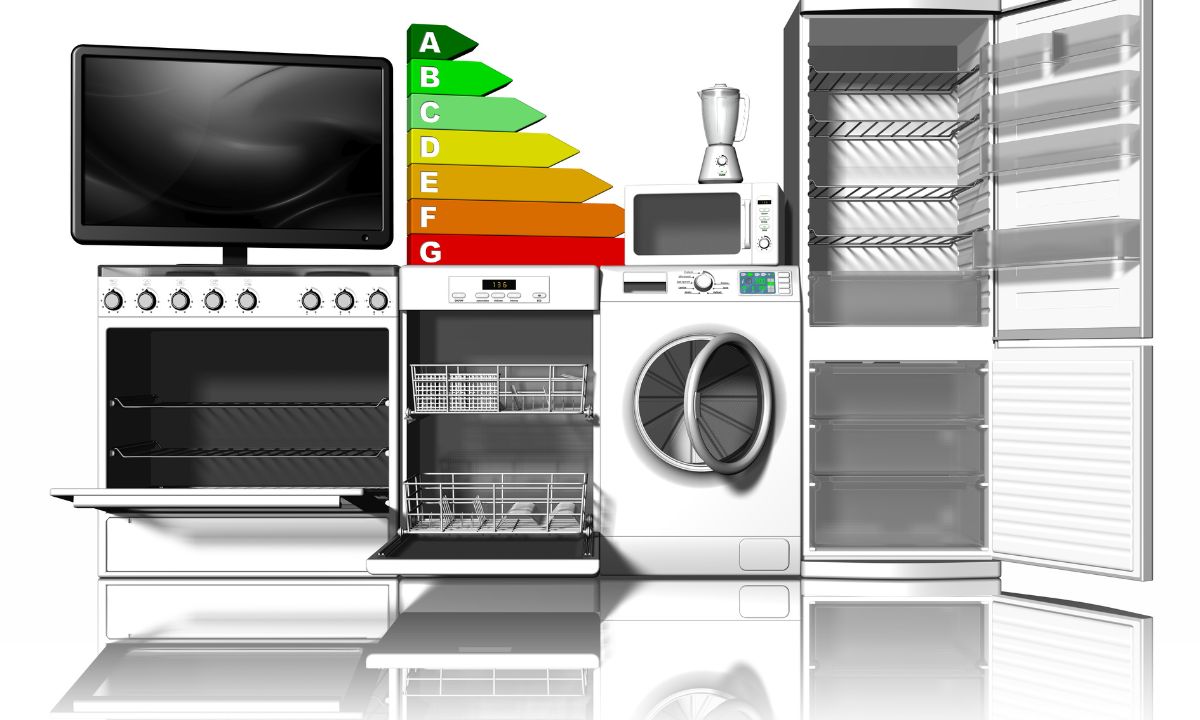 When it comes to increasing your home’s long-term value, not all upgrades are created equal. While stylish kitchens and luxurious bathrooms may attract attention, the smartest investment is one that continues to pay off for years to come: energy efficiency.
When it comes to increasing your home’s long-term value, not all upgrades are created equal. While stylish kitchens and luxurious bathrooms may attract attention, the smartest investment is one that continues to pay off for years to come: energy efficiency.
Unlike cosmetic updates that can lose appeal over time, energy-efficient upgrades provide lasting benefits. They lower utility costs, increase property value, and make your home more appealing to buyers.
- Higher Property Value: Energy-efficient homes often sell at a premium. Buyers are increasingly eco-conscious and willing to pay more for homes that promise lower energy bills and a reduced carbon footprint.
- Lower Utility Costs: Improvements like upgraded insulation, energy-efficient appliances, and smart thermostats reduce daily energy consumption, leading to significant savings over time.
- Tax Incentives and Rebates: Many energy-efficient upgrades, such as solar panels and smart home systems, qualify for government tax credits and rebates, making them even more affordable.
Not sure where to start? Here are some of the most impactful improvements:
- Better Insulation: Sealing air leaks and adding insulation in walls, attics, and floors can reduce energy loss, keeping your home comfortable year-round.
- Energy-Efficient Windows: Replacing single-pane windows with double- or triple-glazed options cuts heating and cooling costs while reducing outside noise.
- Solar Panels: While the upfront cost is high, solar panels significantly reduce electricity bills and can even generate extra income through energy buyback programs.
- Smart Home Technology: Devices like smart thermostats and energy-efficient LED lighting help optimize energy use without sacrificing comfort.
Investing in energy efficiency is one of the smartest decisions a homeowner can make. Not only does it lower costs and boost property value, but it also helps create a sustainable future. Plus, energy-efficient homes often sell faster in today’s market, making them a win-win investment.
 As the temperatures drop, keeping your home warm without drastically increasing your energy costs is a priority for many homeowners. Fortunately, there are simple yet effective strategies that can help you conserve heat while enhancing your home’s energy efficiency. By following these tips, you can maintain a comfortable indoor temperature, reduce your heating bills, and do your part to minimize your environmental impact.
As the temperatures drop, keeping your home warm without drastically increasing your energy costs is a priority for many homeowners. Fortunately, there are simple yet effective strategies that can help you conserve heat while enhancing your home’s energy efficiency. By following these tips, you can maintain a comfortable indoor temperature, reduce your heating bills, and do your part to minimize your environmental impact. As temperatures continue to climb, it’s essential to find ways to keep your home cool while minimizing your utility bills. Here are several cost-effective strategies to achieve this without relying on your air conditioner.
As temperatures continue to climb, it’s essential to find ways to keep your home cool while minimizing your utility bills. Here are several cost-effective strategies to achieve this without relying on your air conditioner. When shopping for a new home, it’s important to consider not just the aesthetics and location, but also the environmental impact of your future residence. Green features in homes are becoming increasingly popular, not only for their benefit to the environment but also for the cost savings they can provide over time. Here are some key green features to look for when buying a home:
When shopping for a new home, it’s important to consider not just the aesthetics and location, but also the environmental impact of your future residence. Green features in homes are becoming increasingly popular, not only for their benefit to the environment but also for the cost savings they can provide over time. Here are some key green features to look for when buying a home: